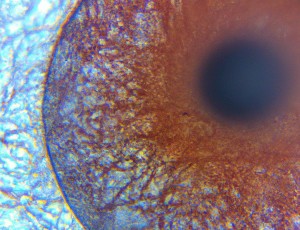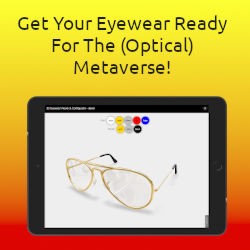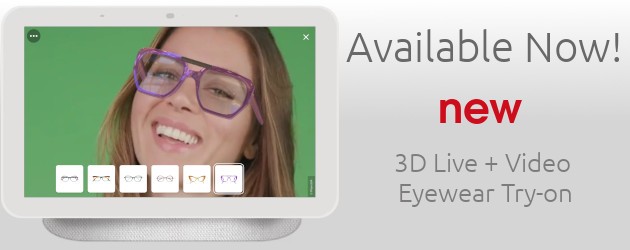Industry News
Lab-grown Retinal Eye Cells Open Door For Clinical Trials
 Researchers at the University of Wisconsin-Madison have successfully grown retinal cells, called organoids, that can reach out and connect with each other, completing a “handshake” that could show that the cells are ready for trials in humans with degenerative eye disorders. The team used human skin cells reprogrammed to act as stem cells to develop into layers of several types of retinal cells that sense light and ultimately transmit what we see to the brain. The team then separated the cells from their organoids and found that they formed synaptic connections with other retinal cell types which are key to the cells being able to replace diseased cells and carry sensory information like healthy ones. The cells can be used to treat diseases like retinitis pigmentosa and age-related macular degeneration, as well as certain eye injuries.
Researchers at the University of Wisconsin-Madison have successfully grown retinal cells, called organoids, that can reach out and connect with each other, completing a “handshake” that could show that the cells are ready for trials in humans with degenerative eye disorders. The team used human skin cells reprogrammed to act as stem cells to develop into layers of several types of retinal cells that sense light and ultimately transmit what we see to the brain. The team then separated the cells from their organoids and found that they formed synaptic connections with other retinal cell types which are key to the cells being able to replace diseased cells and carry sensory information like healthy ones. The cells can be used to treat diseases like retinitis pigmentosa and age-related macular degeneration, as well as certain eye injuries.
“We wanted to use the cells from those organoids as replacement parts for the same types of cells that have been lost in the course of retinal diseases,” says David Gamm, the UW–Madison ophthalmology professor and director of the McPherson Eye Research Institute whose lab developed the organoids. “But after being grown in a laboratory dish for months as compact clusters, the question remained — will the cells behave appropriately after we tease them apart? Because that is key to introducing them into a patient’s eye.”
“The last piece of the puzzle was to see if these cords had the ability to plug into, or shake hands with, other retinal cell types in order to communicate,” says Gamm, whose new results on successful connections between the cells are published in the Proceedings of the National Academy of Sciences.
“We’ve been quilting this story together in the lab, one piece at a time, to build confidence that we’re headed in the right direction,” says Gamm, who patented the organoids and co-founded Madison-based Opsis Therapeutics, which is adapting the technology to treat human eye disorders based on the UW–Madison discoveries. “It’s all leading, ultimately, to human clinical trials, which are the clear next step.”



